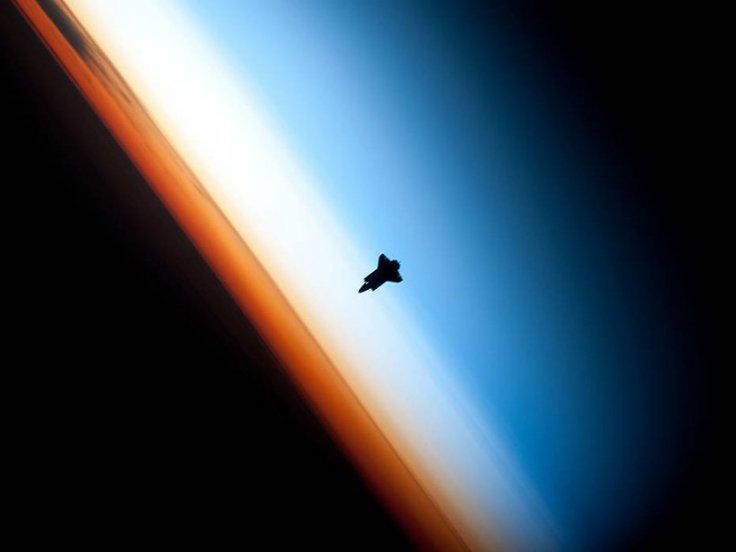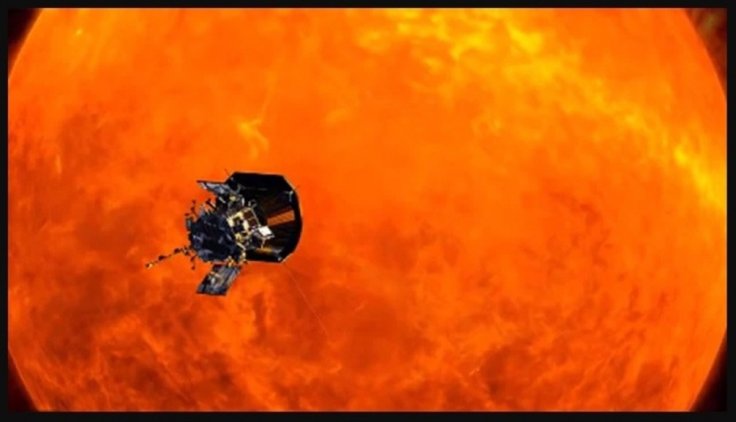NASA has created history, as its 'Parker Solar Probe' has touched the Sun for the first time. Thomas Zurbuchen, the associate administrator for the Science Mission Directorate, confirmed the news on Wednesday (December 15), saying that it could be considered as a monumental moment as far as solar science was concerned, with the humanity officially touching the sun. It may be noted that NASA had launched the Parker Solar Probe in 2018.
Following a meeting of the American Geophysical Union on Tuesday, the NASA scientists said that the spacecraft "touched" an unknown region of the solar atmosphere, falling through the corona. Although the spacecraft had sailed through the corona in April 2021, the NASA received the data after eight months. And, the scientists confirmed the news only after receiving the data. It was the seventh close encounter to the sun by the Parker Solar Probe.

Nicola Fox, the Director of NASA's heliophysics division, stressed that the Parker spacecraft was eight million miles (or 13 million kilometres) from the center of the sun when it crossed the jagged and uneven boundary between the solar atmosphere and outgoing solar wind for the first time. She claimed that the spacecraft dipped in and out of the corona thrice, with a smooth transition each time. Fox further said that it was a proud moment for the NASA and its scientists when Parker finally touched the solar atmosphere.
In a statement, the NASA said that it would not be possible for other spacecraft to achieve Parker's feat, as they are too far away from the sun. According to the US space agency, there are particles from the sun, flowing in the solar wind, which could affect the earth. Hence, it was difficult, as well as risky, for the spacecraft to enter the solar atmosphere.

Meanwhile, the NASA claimed that the milestone would help scientists understand the evolution of the sun in a better way by providing them with deeper insights. They would also get an idea about the impacts of the evolution on the solar system, and also about other stars in the rest of the universe.
Earlier in 2019, Parker revealed that magnetic zig-zag formations in the solar wind were abundant near the sun. These formations are called 'switchbacks'. However, the scientists had no idea about how and where they formed. NASA believes that it would be possible to solve the 'switchbacks' mystery, soon, as the Parker Solar Probe is currently travelling close enough to the solar surface, from where it could identify the spot where switchbacks originate. According to the statement issued by NASA, the spacecraft would continue to get closer to the sun until its grand finale orbit in 2025.









